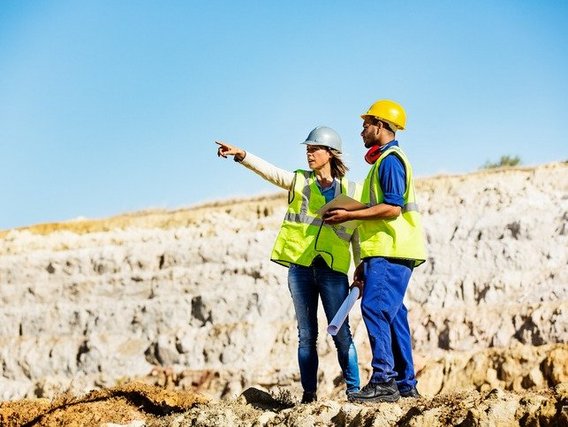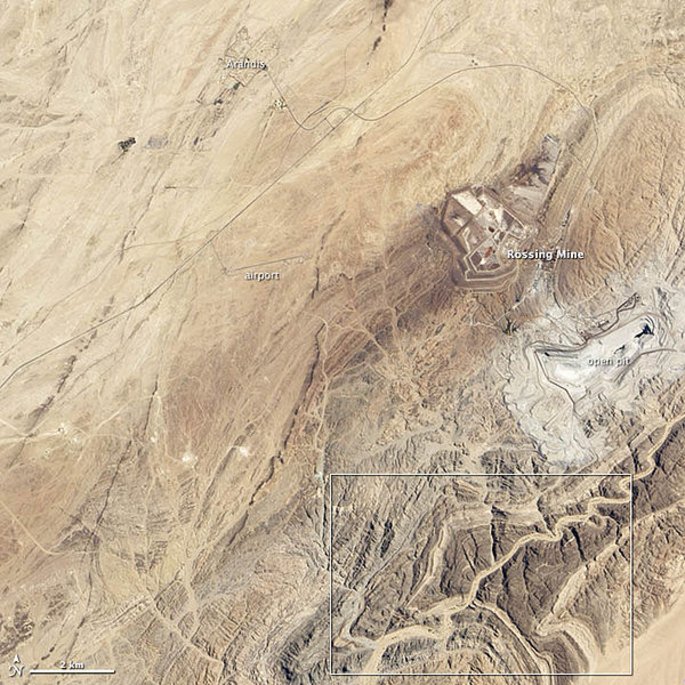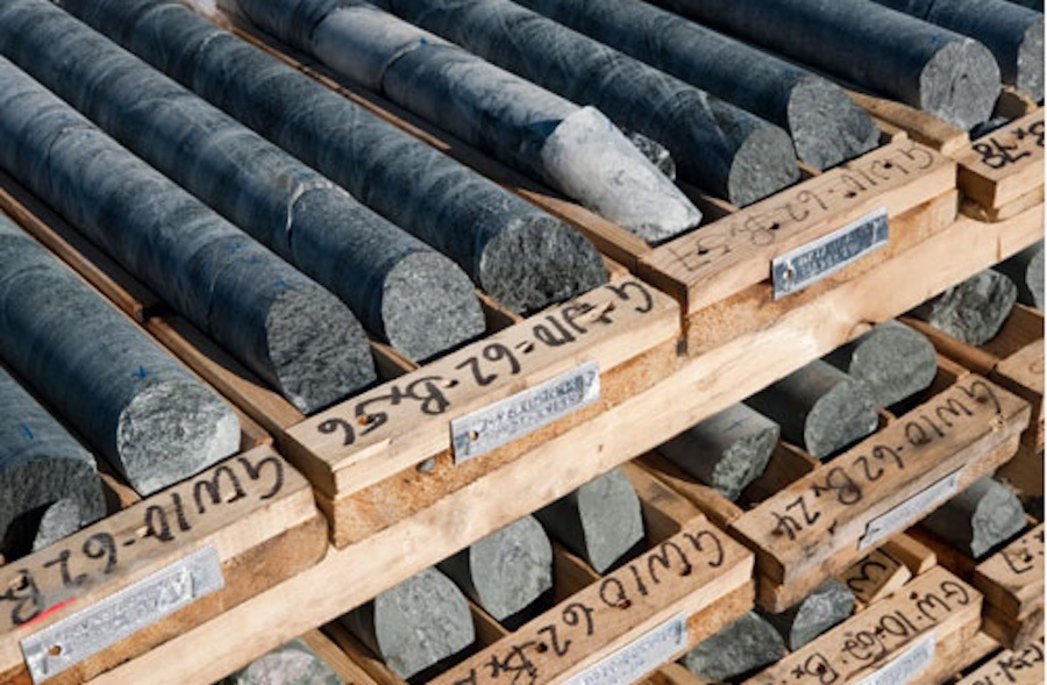Bibliographic research is an important ally in gathering existing information and studies already carried out in the target region. Preparation for mineral prospecting begins with research into articles and publications, as well as studying geophysical and geological maps and reading available technical reports.
For this survey, searches should be carried out using different keywords that clearly define the objective of the research or the information being sought. At this stage, a significant amount of information will be found, which should be filtered according to the quality and relevance of the content.
For those who wish to escape the large flow of information that direct searches provide, it is possible to carry out searches on more specific platforms, according to the information you wish to obtain:
Google Scholar: repository of theses, scientific articles, abstracts, monographs, dissertations and books;
Scielo: articles and other academic works. This platform has an advanced search tool, where you can select the index you want to search, such as author, journal, abstract or title;
ResearchGate: file and publication sharing, forums, methodological discussions, as well as semantic search for abstracts of publications stored in the repository;
CPRM: access to corporate databases that bring together information on geology and mineral resources in geological maps, available free of charge for download;
IBGE: access to topographic sheets at various scales, also free of charge.
SEDAR: publications by listed companies. On the platform you can find Public Technical Reports (NI43-101 or JORC).
When the focus of the research is a specific substance and when there are no similar occurrences in the region, the bibliographic search should be carried out in order to analyze in the first instance which types of rock could be the source of the mineral.


